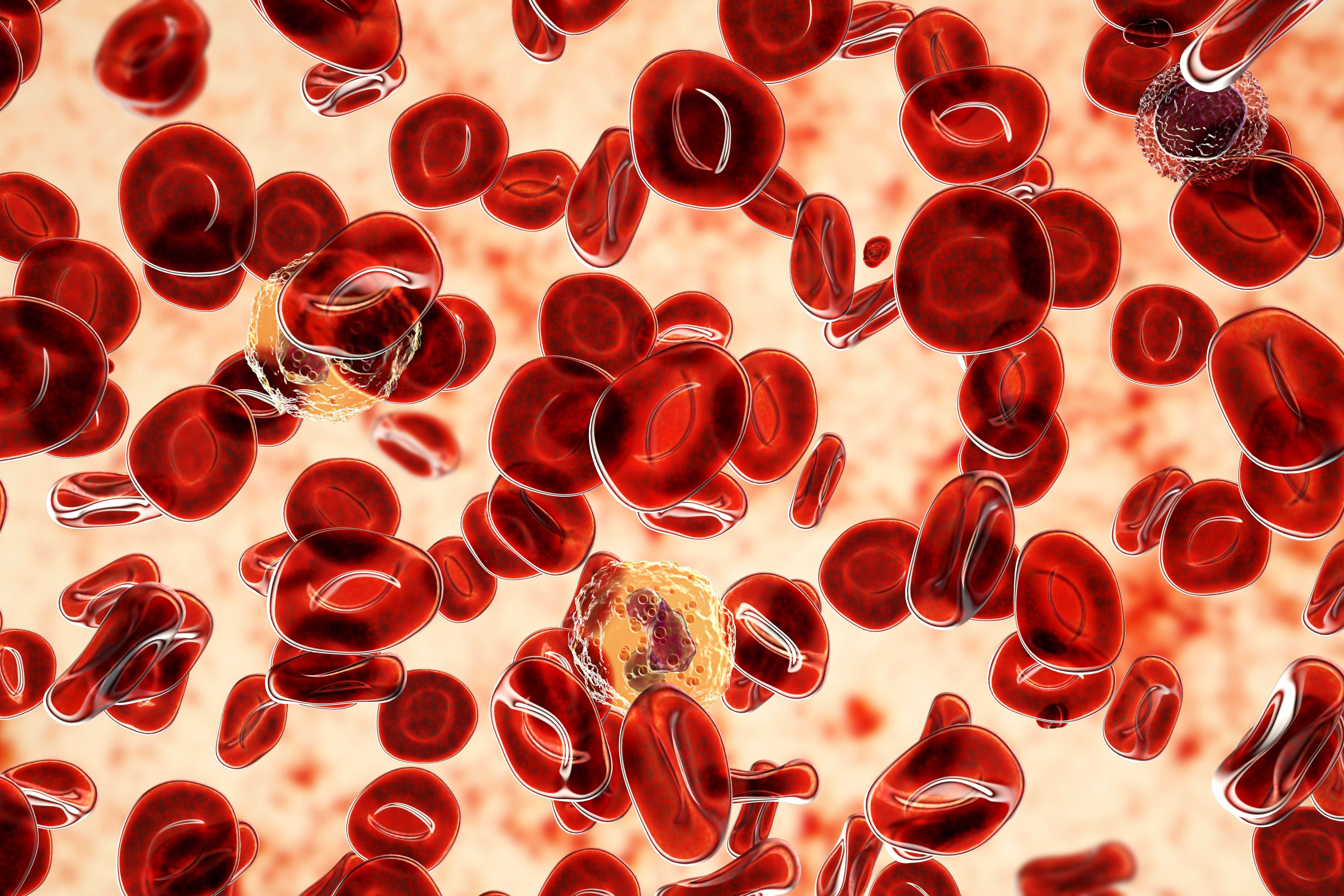Article
Study Summary: Amrubicin, Lenalidomide, and Dexamethasone in Relapsed or Refractory Multiple Myeloma
Background
Multiple myeloma (MM) is an incurable disease characterized by relapses and remissions. Despite recent advances in the treatment of MM, treatment of relapsed disease is challenging as patients may develop treatment-resistant disease or may not be candidates for additional treatment due to toxicities from previous treatments. There is an unmet need for novel drug combinations with toxicity profiles that differ from currently available treatment options.1
The current standard of care for both patients with newly diagnosed and relapsed or refractory MM is lenalidomide plus dexamethasone. The use of anthracyclines in combination with lenalidomide and dexamethasone has been explored; however, a major limitation with anthracyclines is dose-dependent cardiac toxicity.1
Amrubicin is a third-generation, synthetic 9-aminoanthracycline with demonstrated antitumor activity. Data suggest that amrubicin is not associated with cardiac toxcity, and no maximum cumulative dose has been identified. This study evaluated the use of amrubicin in combination with lenalidomide and dexamethasone in patients with relapsed or refractory MM.1
Study Design
This phase 1, open-label, dose-escalation study was conducted to explore the efficacy and safety of amrubicin in combination with lenalidomide and dexamethasone. Patients were required to have relapsed or refractory MM with measurable disease at enrollment, and had to have received at least 1 prior treatment for MM. Patients received 1 of 3 intravenous doses of amrubicin (40 mg/m2 as a bolus, 60 mg/m2 over 30 minutes, or 80 mg/m2 over 30 minutes) on day 1 of each 21-day cycle; the dose was increased per study protocol. During each cycle, patients also received lenalidomide 15 mg orally on days 1 to 14, and dexamethasone 40 mg orally on days 1, 8, and 15. A maximum of 4 cycles was allowed.1
The primary objectives were to determine the maximum tolerated dose of amrubicin, better understand the toxicities of amrubicin when used in combination with lenalidomide and dexamethasone, and assess response to therapy. Objective response rate (ORR), progression-free survival (PFS), duration of response (DoR), and time to next treatment were also evaluated as secondary objectives.1
Results
Baseline Characteristics
Fourteen patients were enrolled in the study. The median age was 62.5 years and 64% of patients were male. Twelve patients had relpased and refractory disease, 1 patient had relapsed disease, and 1 patient had refractory disease. The majority of patients (93%) were refractory to bortezomib and 71% of patients were refractory to lenalidomide. Forty-three percent of patients had previously undergone autologous stem cell transplantation.1
Efficacy
Among 13 evaluable patients, the ORR was 23%. In the overall population of patients (n = 14), responses to therapy included very good partial response (n = 1), partial response (n = 2), and stable disease (n = 7). An additional 3 patients had progressive disease and 1 was not evaluable for response. At a median follow-up of 216 days, DoR was 133 days in patients who responded to therapy. Time to next therapy was longer in patients who responded versus those who did not. Median PFS in all patients was 96 days. At the time mortality data were collected, 12 of 14 patients had died.1
Safety
Dose-limiting toxicities (grade 3 dizziness and diarrhea) were reported in 1 patient in the 80 mg/m2 cohort. The most commonly reported hematologic toxicity was anemia (grade ≤2, 43%; grade ≥3, 43%). Nonhematologic toxicities included infection (79%), diarrhea (50%), fatigue (50%), and hypoalbuminemia (43%). Nausea, liver function test abnormalities, and hypokalemia were each reported in 36% of patients; bone pain, alopecia, and increased serum creatinine were each reported in 29% of patients. In 1 patient, ejection fraction decreased from 63% at baseline to 53% following 4 cycles of treatment; 3 months after treatment discontinuation, the ejection fraction was normal (59%). Three serious adverse events were reported in 3 patients: progressive disease (40 mg/m2), grade 4 cord compression (80 mg/m2) that was not thought to be related to study drug, and pseudomonal sepsis (80 mg/m2).1
Conclusion
The addition of amrubicin to lenalidomide and dexamethasone was safe but not highly tolerable due to hematologic and nonhematologic toxicities. Some clinical activity was demonstrated in this population of patients with relapsed or refractory MM who had received previous therapies; however, efficacy was weak overall.1
Reference
1. Dinner S, Dunn TJ, Price E, et al. A phase I, open-label, dose-escalation study of amrubicin in combination with lenalidomide and weekly dexamethasone in previously treated adults with relapsed or refractory multiple myeloma. Int J Hematol. 2018;108(3):267-273. doi: 10.1007/s12185-018-2468-5.





